Huawei Mate 30 Pro vs P20 Pro: Four generations of flagship photography later

Back in early 2018, Huawei made a clean break into flagship smartphone territory with the photography powerhouse Huawei P20 Pro. It was the first modern smartphone to boast a 40MP camera, along with a 3x telephoto lens, and Night Mode capabilities that are now commonplace. The phone sold well and went on to define Huawei as a top player in the mobile photography market.
In the following year and a half, Huawei refined its photography capabilities with the Huawei Mate 20 Pro, P30 Pro, and the latest Mate 30 Pro. All four of these phones earned top marks for their camera setups. Each tweaks the formula to offer new features, such as 5x optical zoom, a wide-angle camera, and improved depth-sensing capabilities.
The Mate 30 Pro now holds the accolade of Huawei’s best phone camera and one of the best smartphone shooters around. But just how far has Huawei’s technology moved on in four generations? Is the Huawei P20 Pro already outdated or still a top-notch camera?
Don’t miss: Google Pixel shootout: 4 generations go head-to-head
Huawei Mate 30 Pro vs P20 Pro camera specs
Before delving into countless photographs, here’s a rundown of the two camera specifications.
| Huawei Mate 30 Pro | Huawei P20 Pro | |
|---|---|---|
| Main camera | 40 MP, 1/1.7" sensor, PDAF, OIS f/1.6, 27mm focal length RYYB SuperSpectrum color filter |
40 MP, 1/1.7" sensor, PDAF, OIS f/1.8, 27mm focal length |
| Camera 2 | 8 MP, 1/4" sensor, PDAF, OIS f/2.4, 80mm focal length 3x optical zoom |
8 MP, 1/4" sensor, PDAF, OIS f/2.4, 80mm focal length 3x optical zoom |
| Camera 3 | 40 MP, 1/1.54" sensor, PDAF f/1.8, 18mm focal length Wide-angle lens |
20 MP, 1/2.7" sensor, PDAF, OIS f/1.6, 27mm focal length Monochrome |
| Camera 4 | 3D time-of-flight sensor | N/A |
While much of the underlying technology is similar, there are a few major differences between Huawei’s first triple camera and its latest quad-camera setup. While both phones offer a 40MP sensor, the Mate 30 Pro provides a wider aperture and RYYB SuperSpectrum color filter to improve low light capabilities. Both phones feature a similar 3x telephoto zoom camera, but the Mate 30 Pro drops the monochrome sensor in favor of a wide-angle lens. The Mate 30 Pro also offers a dedicated depth sensor designed to improve software bokeh quality.
We’re going to go cover all of these cameras in this shootout to investigate what, if any, differences four generations of improvements add up to.
Click here for full-res image samples
Regular shooting – 10MP detail and color
Across a range of pictures taken with these phones, there are two major trends to note. Both phones are great overall shooters, but the Huawei P20 Pro regularly over-processed images, ruining the look when cropping in. The Mate 30 Pro produces a softer look yet retains an astounding level of detail for just 10MP of resolution. However, the camera’s colors are often a little less dynamic than the P20 Pro’s. That old monochrome sensor had its perks.
Taking a closer look at color performance, there’s a clear difference in both saturation and exposure. The Huawei P20 Pro produces a somewhat deeper image, with darker contrasts and slightly more saturated colors. The newer Mate 30 Pro aims for a brighter overall exposure, for a softer tone. The white balances are also often quite different, with the Mate 30 Pro producing a warmer, pinkish tone on the bridge’s brickwork.
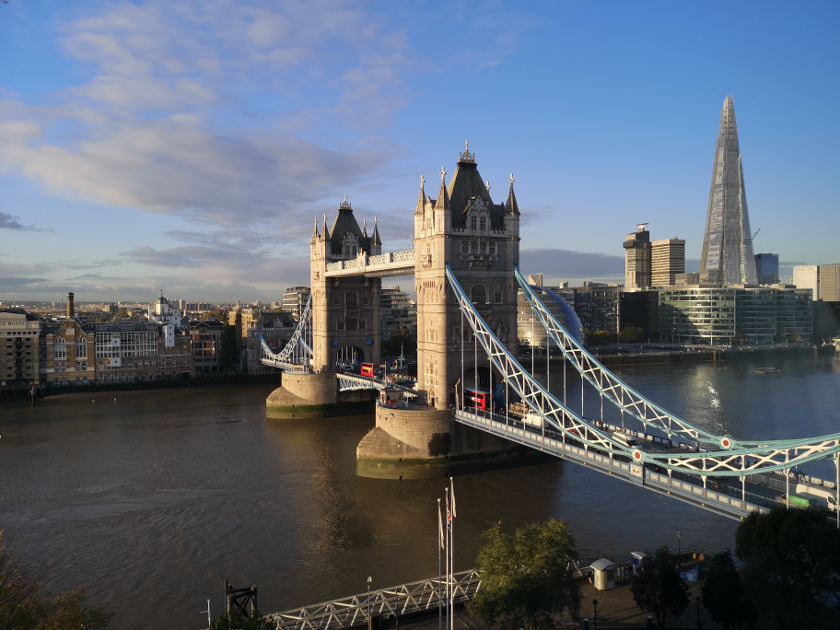 Huawei Mate 30 Pro Huawei P20 Pro
Huawei Mate 30 Pro Huawei P20 Pro
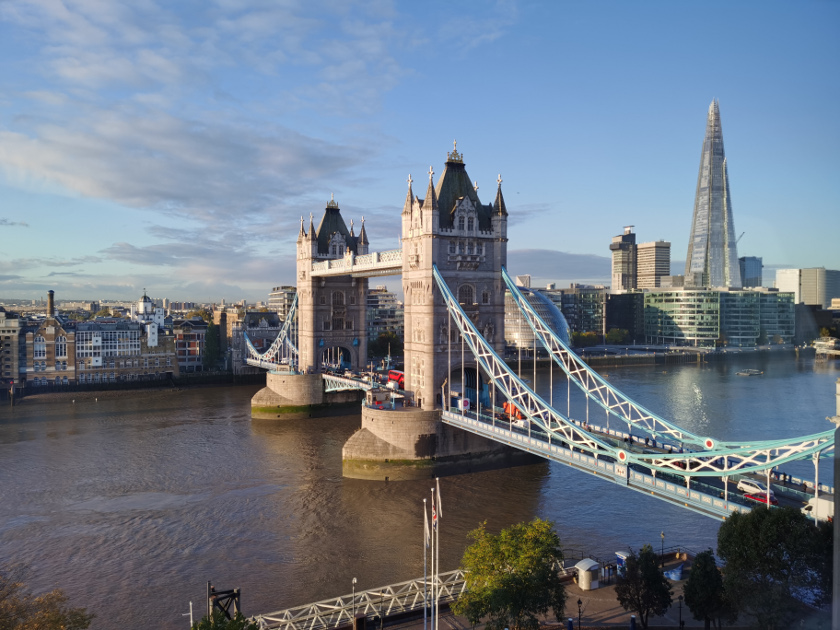
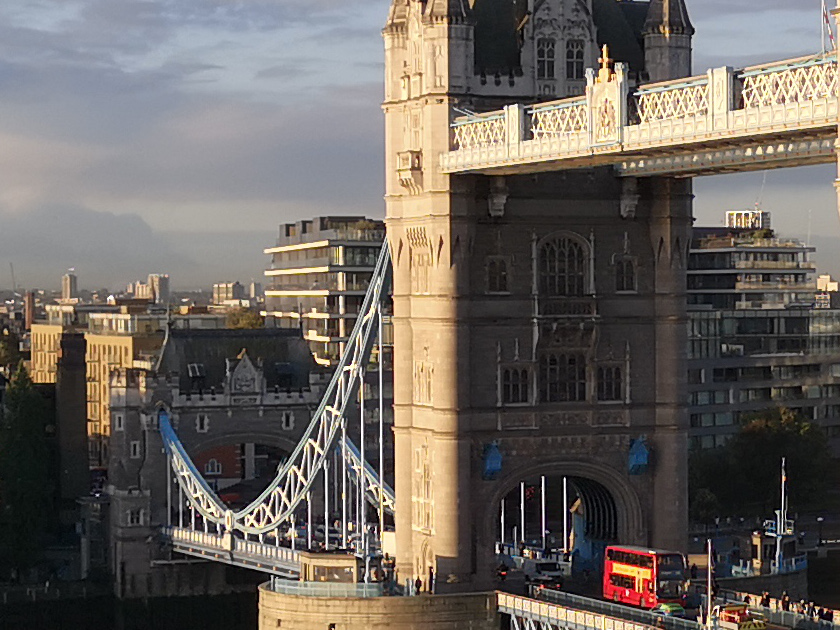 Huawei Mate 30 Pro 100% crop Huawei P20 Pro 100% crop
Huawei Mate 30 Pro 100% crop Huawei P20 Pro 100% crop
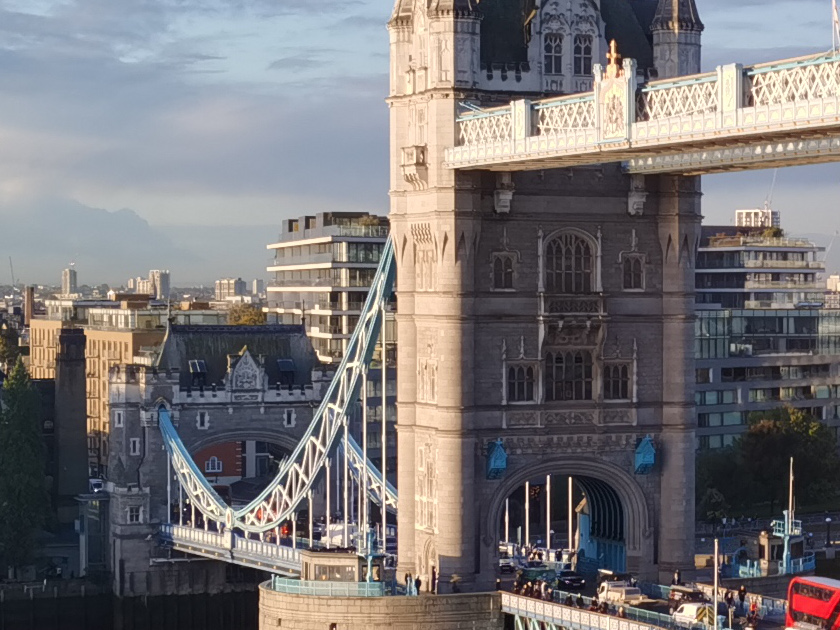
Cropping in on the image yields perhaps a more important difference. The Huawei Mate 30 Pro’s images are a fraction less noisy, resulting in a smidgen more detail at 10MP. Although you really have to pixel peep to pick out a difference in this example with excellent lighting. The P20 Pro clearly applies a harder sharpening pass to its image, resulting in some harsh lines and a more processed result when cropping in.
Returning to the same scene – this time at sunset – highlights the color discrepancy. The Huawei P20 Pro possesses slightly more contrast, yet again, as well as more noticeable color pop in the clouds. This is actually the closest look to the real scene. Meanwhile, the Huawei Mate 30 Pro offers a lighter overall presentation, but with a purplish hue that definitely doesn’t look very realistic. Detail-wise though, the Mate 30 Pro nudges itself in front again, producing less noise and fewer harsh edges.
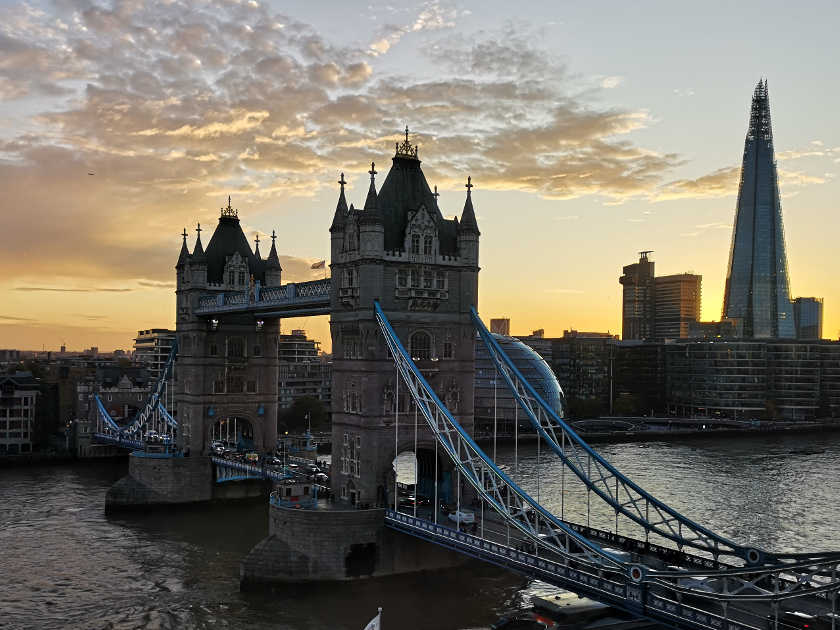 Huawei Mate 30 Pro Huawei P20 Pro
Huawei Mate 30 Pro Huawei P20 Pro

 Huawei Mate 30 Pro Huawei P20 Pro
Huawei Mate 30 Pro Huawei P20 Pro
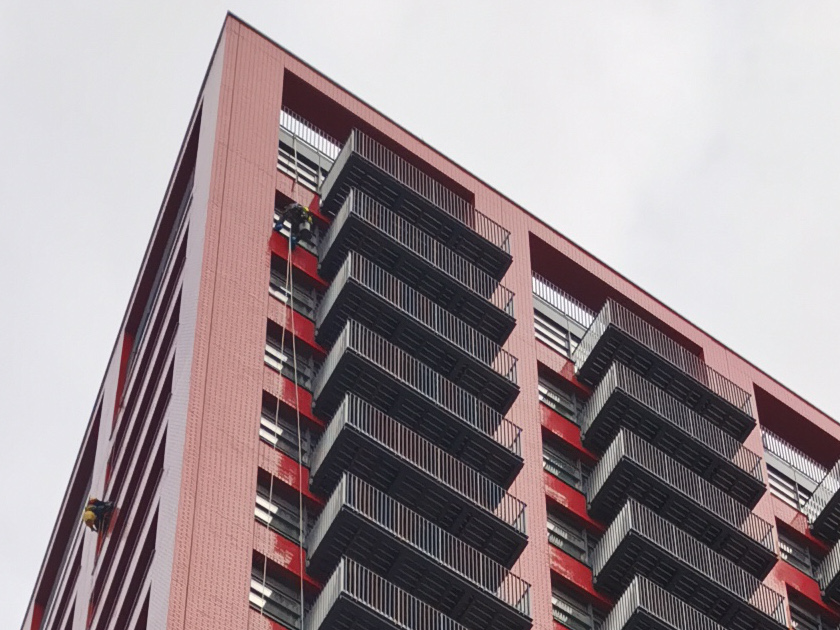
This final image showcases the P20 Pro’s notorious oversharpening issue. Notice the gradual increase in the appearance of aliasing nearer the top of the image and the harsh jagged edges along the railings and top of the building. Although again the colors pop a tad more than the Mate 30 Pro’s, this isn’t a very good look when cropping in. The Mate 30 Pro is much softer yet still preserves as much if not all detail.
40MP sensors and zooming for detail
While the two phone’s main cameras default to 10MP, both models sport a main 40MP sensor and 3x telephoto sensor if you’re in search of extra detail. The 40MP shots produced by both cameras fall short of full-resolution quality, owing to the use of pixel binning. However, they still produce very detailed shots (for phone cameras) that you won’t find anywhere else.
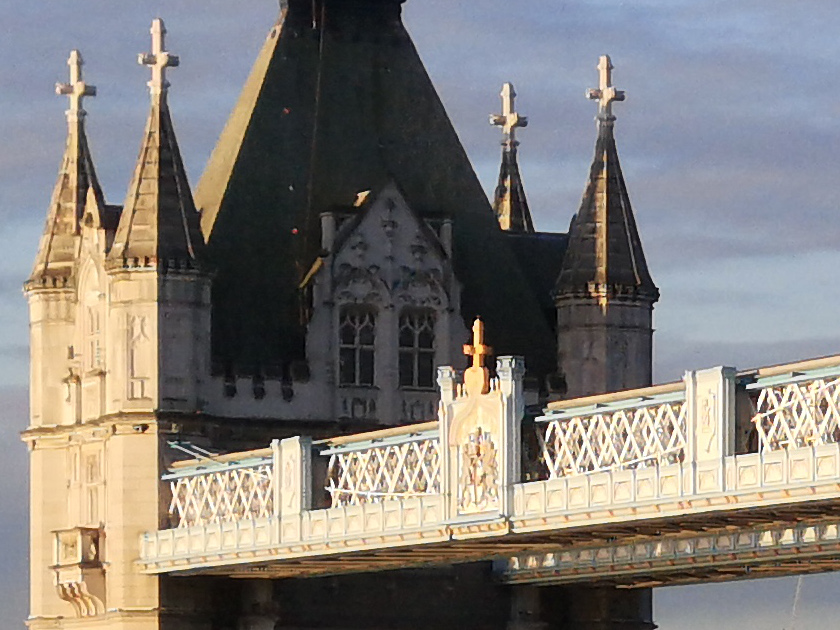 Huawei Mate 30 Pro 40MP Huawei P20 Pro 40MP
Huawei Mate 30 Pro 40MP Huawei P20 Pro 40MP
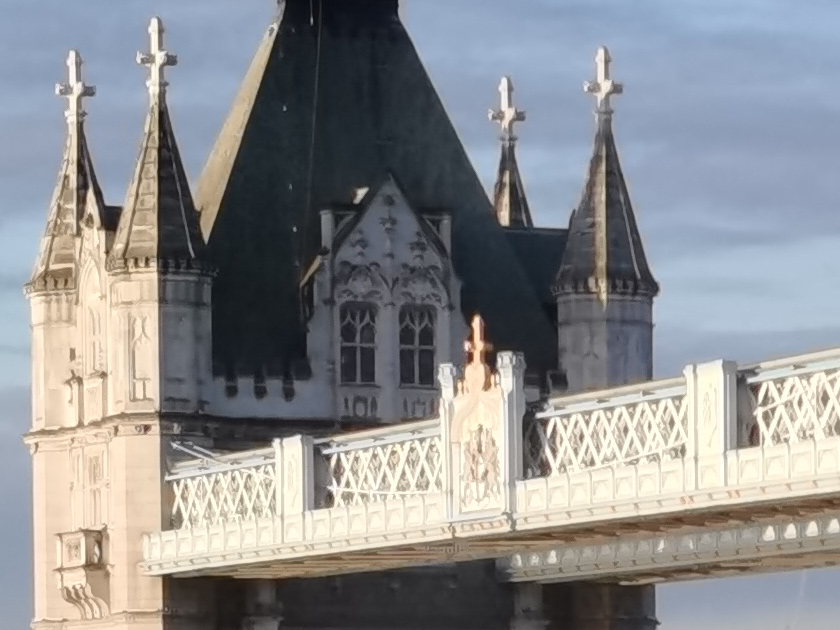
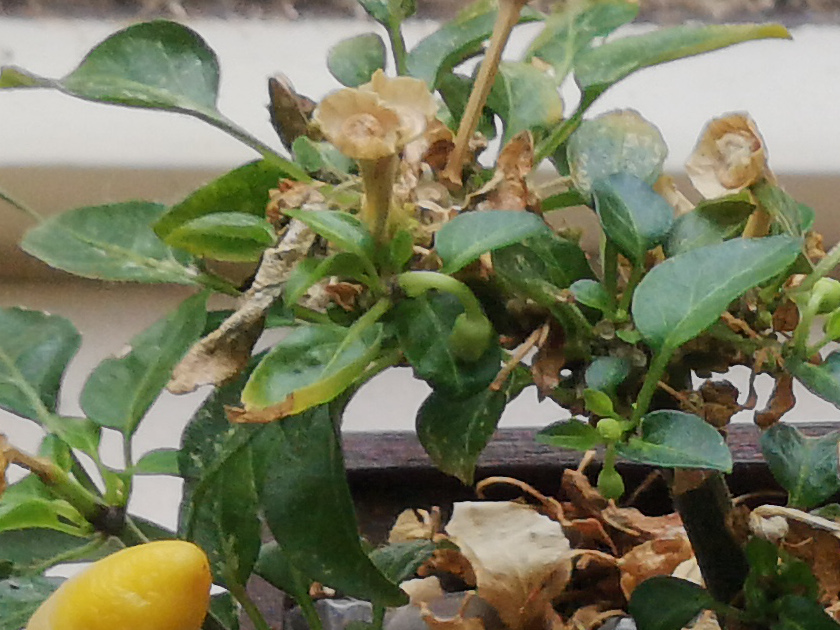 Huawei Mate 30 Pro 40MP crop Huawei P20 Pro 40MP crop
Huawei Mate 30 Pro 40MP crop Huawei P20 Pro 40MP crop
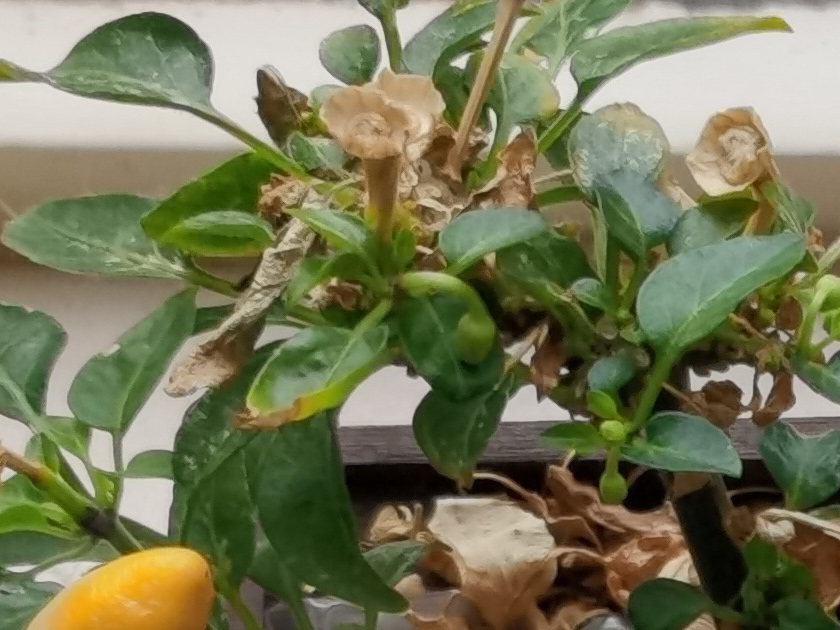
40MP image quality is very similar between the two phones. The aforementioned color and exposure differences remain, but detail-wise the two cameras are almost identical. The Huawei Mate 30 Pro produces a slightly cleaner image in terms of noise, but this is only observable on close examination of the crops. Both 40MP cameras make a great shooting choice for cropping instead of using 2x digital zoom.
When it comes to 3x optical and 5x hybrid zoom images, there’s nothing to tell the two pictures apart at full frame, apart from some minor tweaks to exposure and color. It’s only when zooming to 100% that you can see some more noticeable differences.
 Huawei Mate 30 Pro 3x crop Huawei P20 Pro 3x crop
Huawei Mate 30 Pro 3x crop Huawei P20 Pro 3x crop

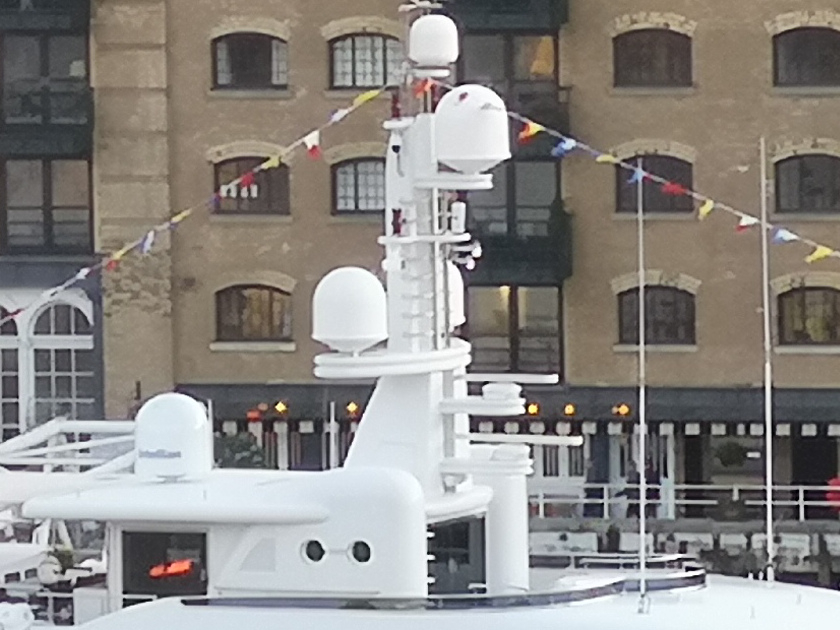 Huawei Mate 30 Pro 5x crop Huawei P20 Pro 5x crop
Huawei Mate 30 Pro 5x crop Huawei P20 Pro 5x crop

At 3x, the Mate 30 Pro preserves ever so slightly more texture detail. Note how the top of the trees and the textures on the house offer up a fraction more detail. However, the improvements are minimal and appear to be mostly due to software tweaks. This detail enhancement becomes more noticeable at 5x, where textures from the Mate 30 Pro sample look far less flat. You can see this across the brickwork in the image above. Although again, you have to crop into 100% for this improvement to be noticeable.
Overall, the Huawei Mate 30 Pro’s sensor and post-processing improvements do result in cleaner looking images. There’s less noise and some clear improvements to detail, particularly when the hybrid 5x zoom comes into play. The results aren’t always night and day though, and the Huawei P20 Pro still compares very well.
Do you need a dedicated bokeh camera?
The Honor Mate 30 Pro boasts a dedicated time-of-flight camera for powerful depth sensing. After thorough testing, there are some small benefits for blur fading and quality, but edge detection remains hit and miss on both handsets.
Take the first two examples below, which test bokeh blur in both good and bad lighting. The Mate 30 Pro can’t pick out any of the cactus spines. The P20 Pro keeps them in the foreground but definitely has its own edge detection issues. However, the Mate 30 Pro has a nice smoother blend between the foreground and background blur around the edge of the plant pot.
 Huawei Mate 30 Pro Huawei P20 Pro
Huawei Mate 30 Pro Huawei P20 Pro

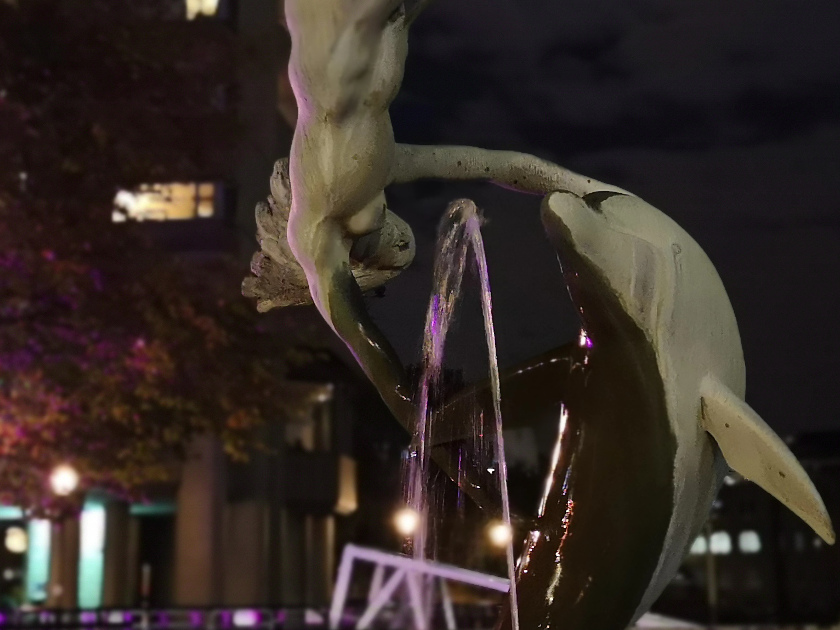 Huawei Mate 30 Pro Huawei P20 Pro
Huawei Mate 30 Pro Huawei P20 Pro
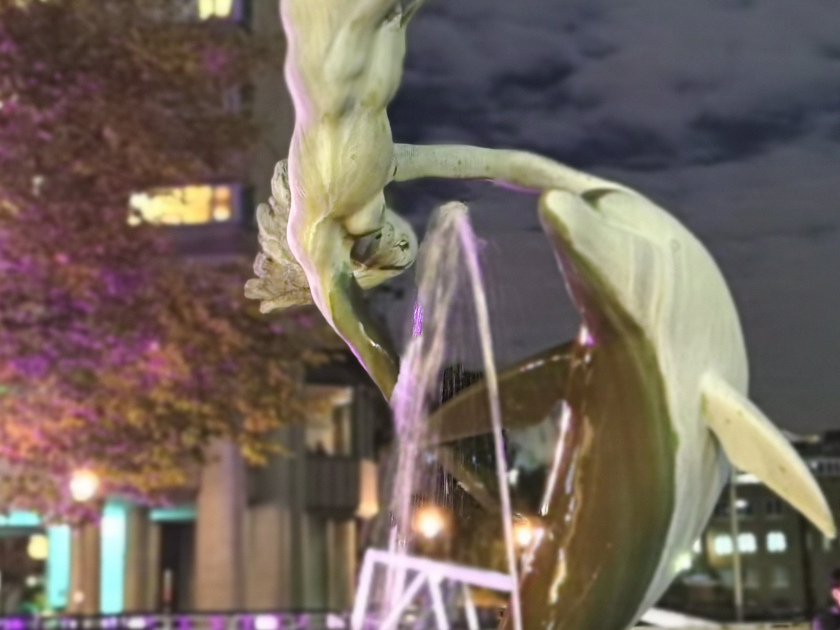
In the dark, the Mate 30 Pro struggles again. The foreground water poses a major problem for the TOF sensor. The Huawei P20 Pro isn’t perfect here, but it again does a better job picking out a distinctive foreground/background difference without the aid of a TOF sensor. It’s not clear why the Mate 30 Pro struggles so much in these instances. It just goes to show that the machine-learning bokeh algorithms play a bigger part than the TOF sensor in determining edge accuracy.
Despite featuring a TOF sensor, the Mate 30 Pro still suffers from edge detection issues in some scenes.
The next example uses the phones’ black and white filter option to see how well each camera separates different foreground and background layers from one another. All surfaces calculated to be in the same plane as our point of focus remain in color, while objects deemed further away from our focal point are desaturated.
Picking the letterbox as the foreground, we can see that both phones do a great job at edge detection. The text is in focus and there’s minimal blur overlap around the edges. The phone-box behind retains its color too, showcasing that both phones know it’s only slightly behind the letterbox. There aren’t any spots of color in the background, showcasing good foreground/background separation on both models.
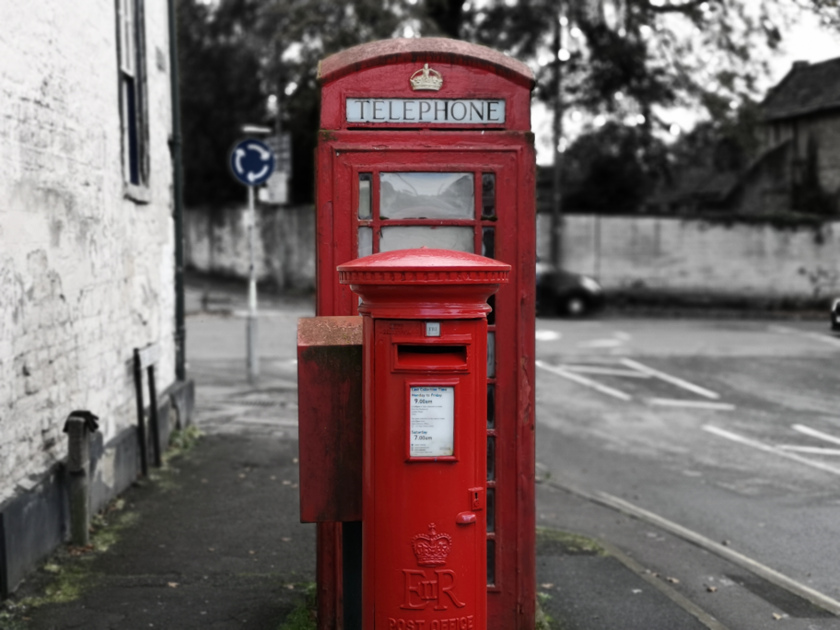 Huawei Mate 30 Pro Huawei P20 Pro
Huawei Mate 30 Pro Huawei P20 Pro
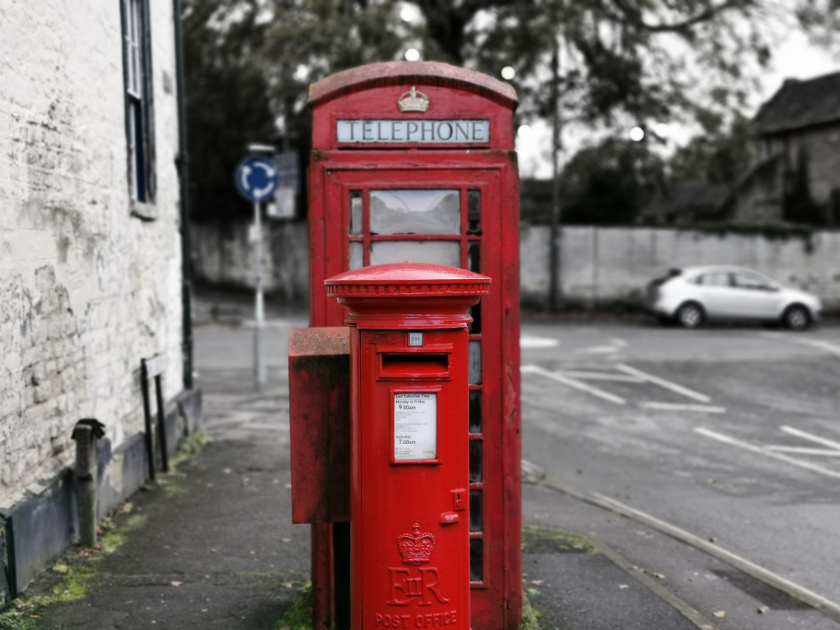
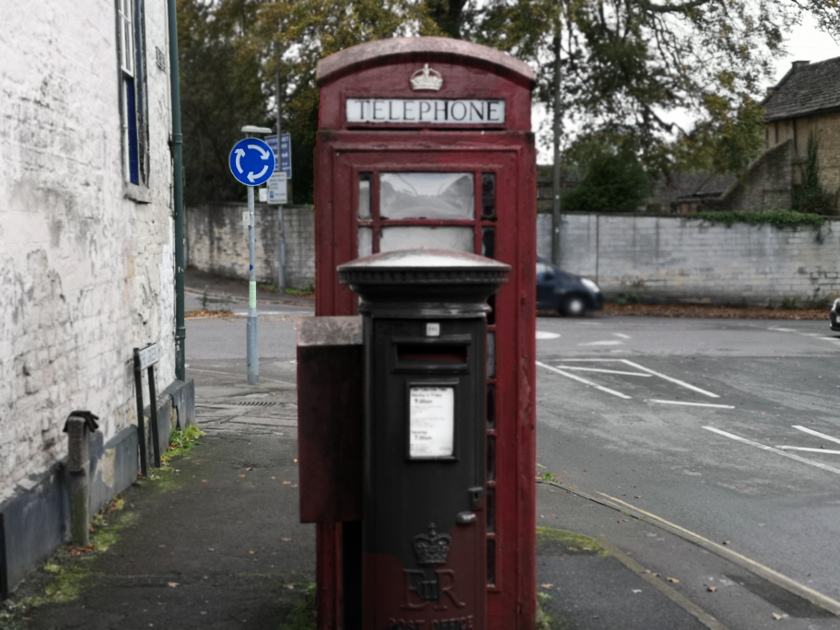 Huawei Mate 30 Pro Huawei P20 Pro
Huawei Mate 30 Pro Huawei P20 Pro
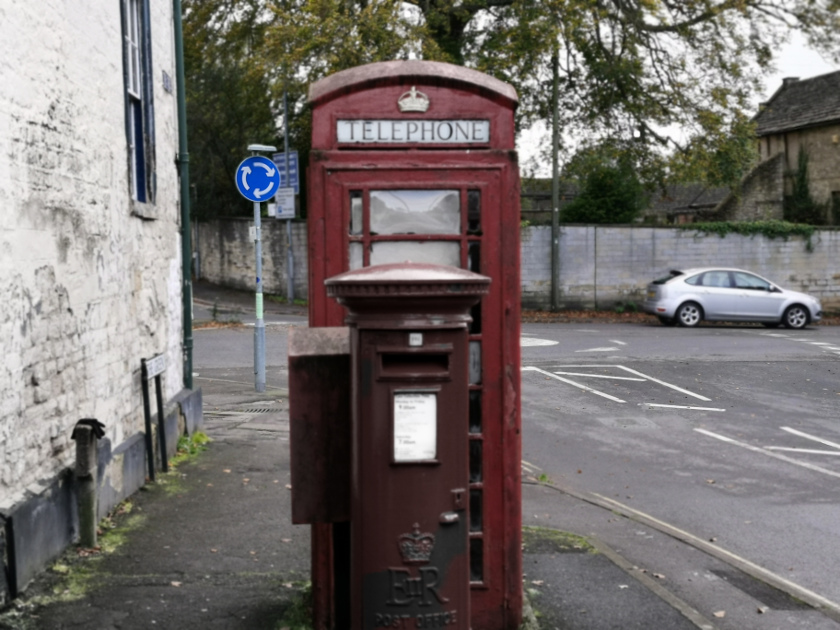
Swapping the focal point to the background showcases the benefits of the Mate 30’s TOF sensor. Note how the P20 Pro shows two different tones across the letterbox, meaning this is incorrectly identified as two different distances. There’s a small discrepancy in the Mate 30 Pro’s foreground, but it’s much smaller. Interestingly, both phones correctly identify that the letterbox is slightly closer than the phonebox.
The TOF sensor allows for the Mate 30 Pro to collect extra depth information, ensuring that objects can be placed accurate distances away from each other. This cuts down on blurring errors and produces a nice looking fade between depths of field. However, it doesn’t overhaul edge detection, which isn’t vastly improved from two years earlier.
Low light performance: The biggest improvement
Huawei made it quite clear that the SuperSpectrum sensor found in the Huawei P30 Pro and Mate 30 Pro offer vastly improved low light capabilities and that’s certainly true. However, a brighter image is not always preferable in low light, as one of our examples shows.
To get the basics out of the way, the Mate 30 Pro offers superior detail and minimal noise in low light, without resorting to the long exposure Night Mode. The first example below showcases just how much more light, detail, and color the Mate 30 Pro’s sensor provides with very little light in the room. It’s a night and day comparison, although the P20 Pro still performs better than most without resorting to Night mode.
 Huawei Mate 30 Pro Huawei P20 Pro
Huawei Mate 30 Pro Huawei P20 Pro
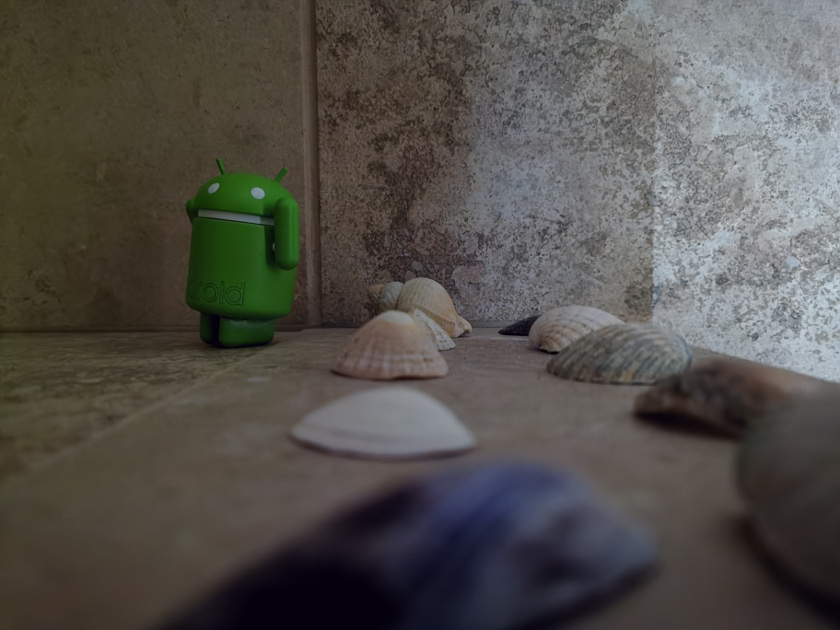
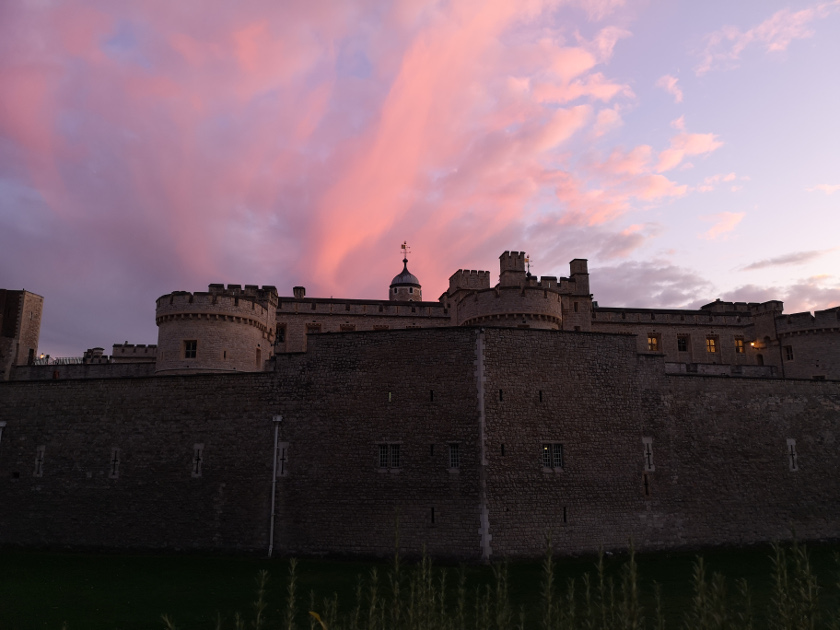 Huawei Mate 30 Pro Huawei P20 Pro
Huawei Mate 30 Pro Huawei P20 Pro
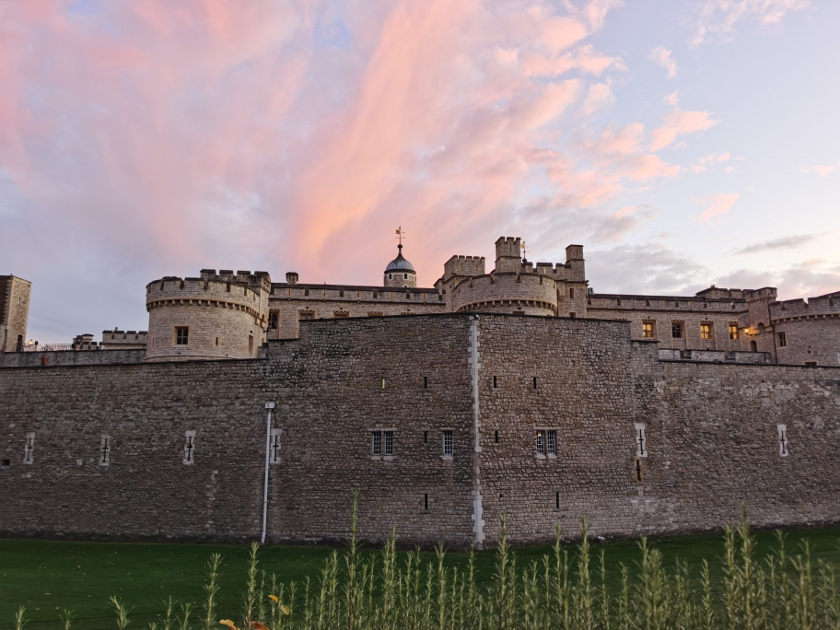
While the Mate 30 Pro’s light capture is industry-leading, this second image serves as a reminder that brighter isn’t always better. The P20 Pro produces more dynamic colors in low light that are sometimes brightened too much by the Mate 30 Pro’s HDR-like capabilities. Although this will likely boil down to taste.
This final scene showcases a common but particularly tough night shot, which is both heavy on dark shadows and bright highlights. At full-frame, there’s not a huge amount between the two images, with minimal noise and very similar white balance and color.
 Huawei Mate 30 Pro Huawei P20 Pro
Huawei Mate 30 Pro Huawei P20 Pro
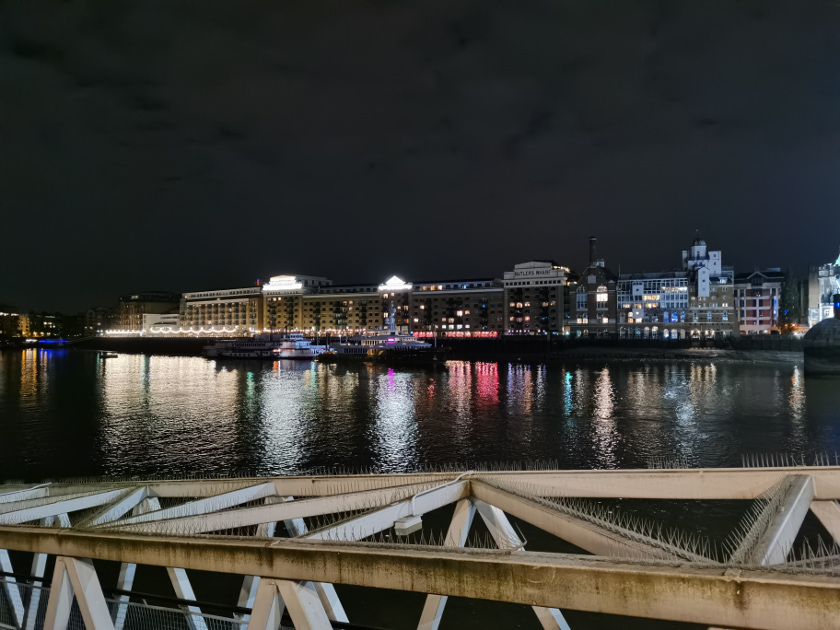
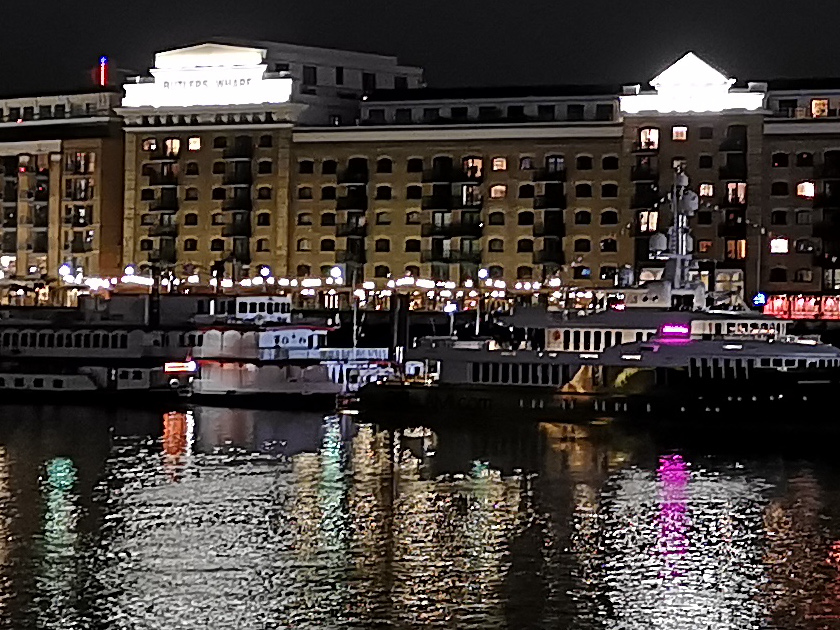 Huawei Mate 30 Pro crop Huawei P20 Pro crop
Huawei Mate 30 Pro crop Huawei P20 Pro crop

Switching to the 100% crop reveals a much more noticeable difference. The P20 Pro’s signature heavy processing makes a reappearance, which is most clearly seen on the water ripples and straight, dark edges. The text on the building is also less legible in this shot, while the Mate 30 Pro produces a softer, detailed, and more realistic image in low light.
The Huawei Mate 30 Pro certainly captures more light than its older relative and takes cleaner images as a result. It’s clearly the better shooter in the dark and an area where Huawei has made the biggest improvements over the years. However, the monochrome sensor in the P20 Pro helps to produce very dynamic-looking results that some will like for the added mood.
Incremental improvements add up
The Huawei Mate 30 Pro is rightly considered one of the best shooters around but the 18-month-old Huawei P20 Pro is still a highly competitive camera phone. Both phones excel in a variety of lighting conditions and offer great flexibility. The Mate 30 Pro takes this formula a step further with superb low light capabilities and a dedicated wide-angle camera.
What’s perhaps most impressive is that Huawei can take better-looking pictures today with just a single camera, when previously it required two. The P20 Pro’s monochrome sensor was a key ingredient in low light, HDR, and detail capture, but the Mate 30 Pro achieves even better results with its single main sensor. Huawei has clearly also made major improvements to its post-processing chain. The P20 Pro’s sometimes ugly oversharpening has been replaced to produce a much softer look without any loss in detail. In fact, detail capture when using Hybrid Zoom is now much improved.
Overall, it’s clear that Huawei’s best camera to date is found inside the Mate 30 Pro. However, P20 Pro customers probably won’t see quite enough of a change to justify a photography upgrade this generation.
Comments
Post a Comment